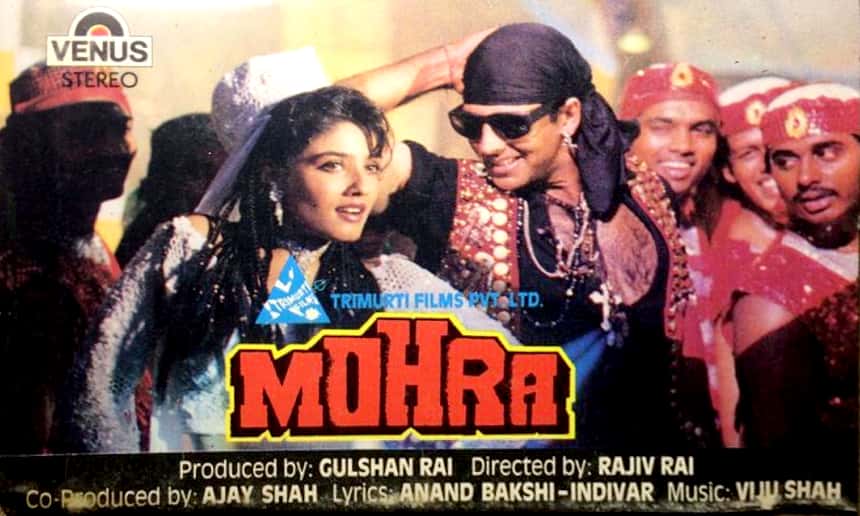

A friend of mine from my school days, Mr. There were even Three-in One sets (Radio, Casset te player, Record player combo set) available. Radiograms (Radio cum record Player) from HMV, Philips, UMS etc were also available in many drawing rooms. NRIs arriving with impressive foreign made sets was a common sight and such sets were on proud display in drawing rooms like a status symbol.

Two-in On e sets ( Radi o with Cassette player) of Sony, Panasonic, Akai etc were also a rage in th ose d ays. But much later Indian Cassette tapes like T-Series, Meltrack, Coney etc also arrived bringing down the cost down. Of Sony, BASF, TDK, Hitachi, Philips etc., were the ones available. At first Indian made Cas sette ta pes were not availab le. While this set is still with me in good working condition, I don't know where the 'Sharp' set is at present. Later I got a similar National Panasonic set.

Cassette pl ayers, became hugely p opular with its cost effectiveness and easiness to handle.I first bought a 'Sharp brand' cassette player and was thrilled at the easiness with which I could record songs with it. Cassette pla yers of Sony, Nation al Panasonic, Hitachi, Akai were also available in grey m arke ts. HMV's Sup er Stereo with separate amplifier and speakers and Philips' Hi-Q Internat ional were very popular in those da ys.Īt t he beginning of the 70s Compact Cassette players started arriving with brands like Sharp and Bush making them in India. Again Philips and HMV were domina ting the local mark ets for players and speakers and Cosmic, Sonodyne, Panatronic, Murphy, Bush etc., for amplifiers. Stereo players, A mplifiers and speakers were flooding the market for about two decades. The electrically operated record players lik e HMV Fiesta (combo) and several other Philips players were followed by Stereo Systems in the early 70s. Many old timers will also remember the small tin container with the needles of the gramop hone. In f act, for many including the not so old, the word gramophone instantly brings this picture in the ir mind. The picture of the lovable dog, Nipper by na me, peering into the horn of the hand winding gramophone was one of the most familia r ( now nostalgic) and famous logo of all time for music lovers. The hand wound gramophones of Victor, Columbia, HMV and other brands, the common music players of my childhood days, were replaced by the electrically operated record players, mainly of HMV and Philips. Radio in 1960 and I purchased a Philips transistor radio (VICTOR) in 1 970. Sitt ing in front of my several old music players and the collection of gramophone records, I used to wonder about the va st chan ges that has taken place in listening to music since the invention of Phonograph by Edison and, especially for me, since my father purchased a U.M.S.


 0 kommentar(er)
0 kommentar(er)
